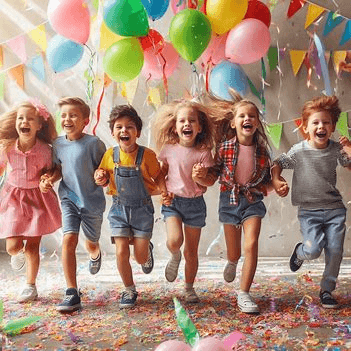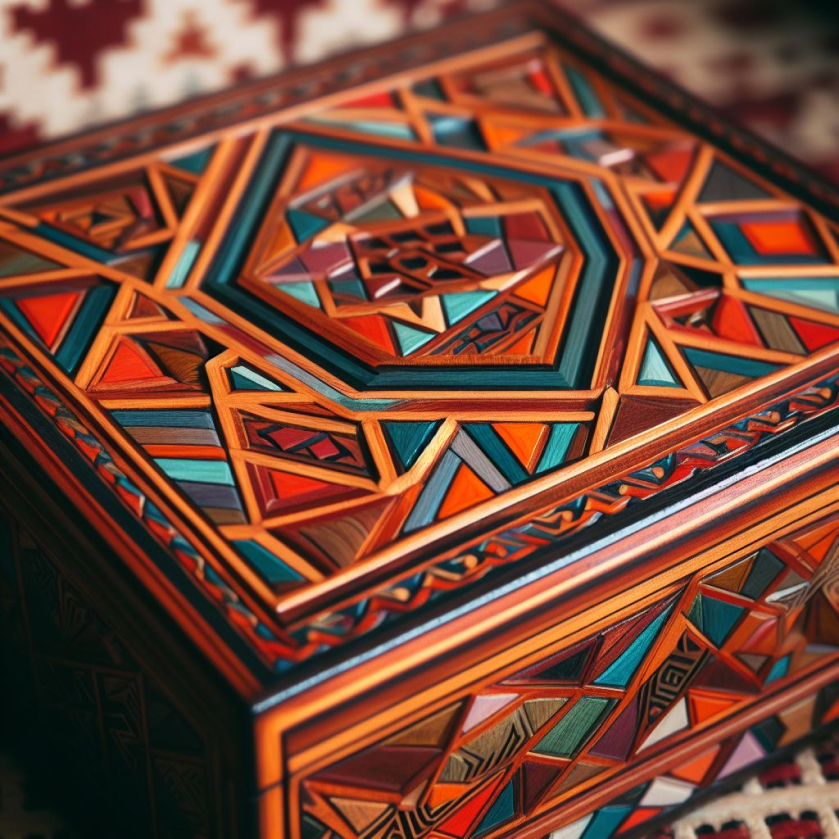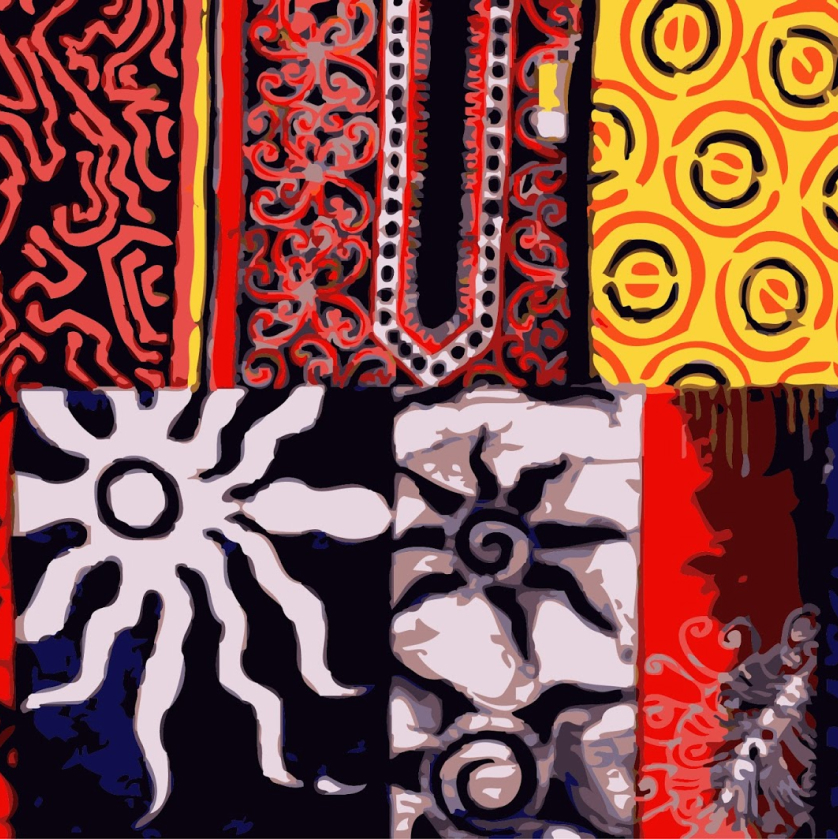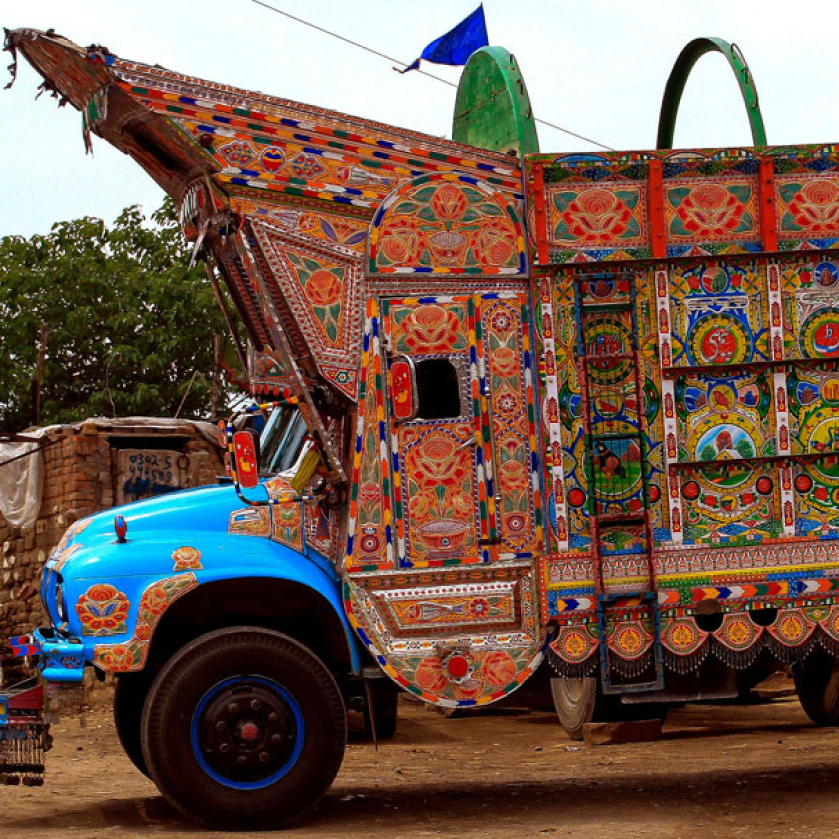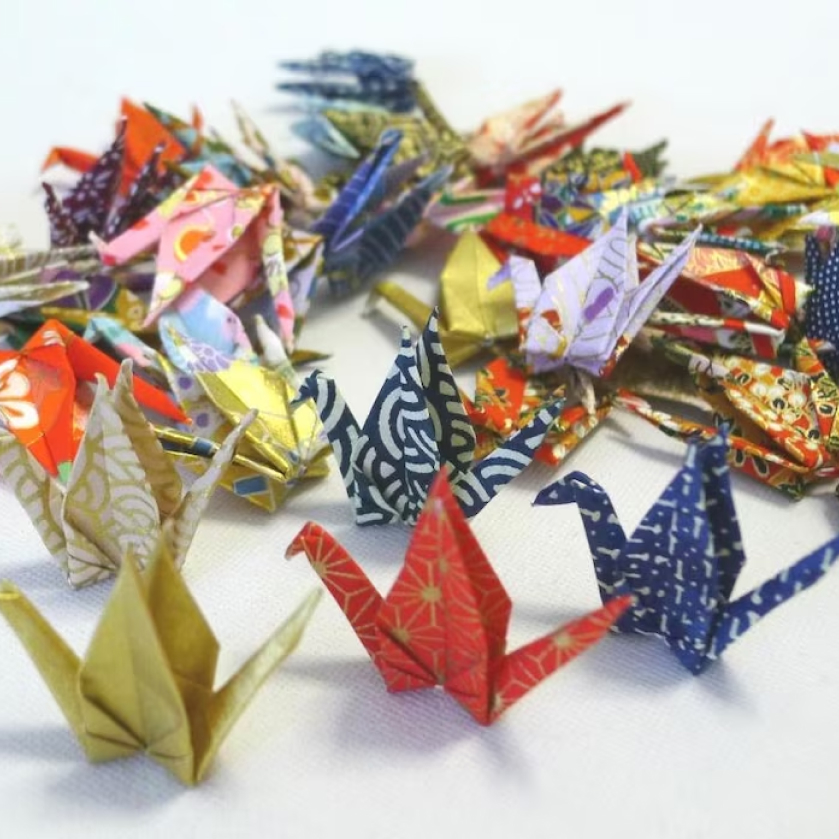Brothers Sam and Dave together dig a hole. Their dog accompanies them. The digging goes on. And on. And on. In search of something ‘spectacular’. The trio after having dug for ages, fall through the hole, and get transported to a different world. Mac Barnett weaves a seemingly simple, yet effective and hugely entertaining tale of childhood innocence and imagination.
Barnett is an American author of stories for children. Having gotten his work translated into more than 30 languages worldwide, his writings have sold millions of copies, while also bringing in the tagged along critical acclaim.
The writer states that he lies to his readers (children). As is the case with any good piece or art, this lie arises out of honesty and a pure intention. Having worked with kids at a young age acquainted him with the children’s worldviews and perspectives. The way in which children react to and receive the fictional world served to them is vastly different as compared to that of the adults. They buy the idea of something very wondrous fantastically unfolding in front of them with an immense amount of conviction. And that’s what sets them apart. It’s also in a way a testament to their unadulterated, pure perception of the world they inhabit and the emotions they feel.
Barnett’s books usually come with complementary illustrations which livens up the reading experience for children. It helps them immerse themselves in the colorful world built together with a seamless blend of text and images. The books don’t necessarily offer any predictable solutions to the regular children’s book conflicts. They instead seek relatability, and keep things fairly real, and equally childlike, both at the same time.
His titles include the likes of ‘The first cat in space ate pizza’, ‘The great Zapfino’, ‘A polar bear in the snow’, ‘John’s turn’, ‘The important thing about Margaret wise Brown’, ‘The wolf, the duck and & the mouse’, ‘Noisy night’, ‘I love you like a pig’ and many more. The ‘Jack’ series itself spans across a range of titles like ‘Jack and Santa’, ‘Jack at the zoo’, ‘Jack at bat’, ‘Too many Jacks’, so on and so forth.
Barnett talks about one of his earliest books titled ‘Billy Twiitters and his Blue Whale problem’, revolving around a kid who gets a blue whale as a pet, which eventually creates a mess in his life, gets delivered by Fed-up, the boy carries this whale everywhere from his school to other public places. Quite absurd. And humorously engaging.
A 30 day trial period for such whales floated by. A kid wrote back in a hilarious post stating that he would bet 10 bucks they won’t be sending him the whale. The kid named Nico received an official statement from a law firm (or something equivalent) stating that his whale is stuck in some custom duty conflicts, because of which the delivery is delayed. As an alternative Nico was asked whether he would like to talk to the whale over a call. Obviously the kid jumped in. And absurd whale sounds were played over the call, ending with a beep (which in itself sounded like a whale). The adorable Nico got back with heartwarming replies. He told the whale that he misses him. And continued to drop in voice notes every now and then, which the author heard, and smiled wholeheartedly. Nico kept the whale informed about all of his whereabouts, including his school life, the bond he shared with his grandma, and the timely Christmas wishes for his distant whale friend.











